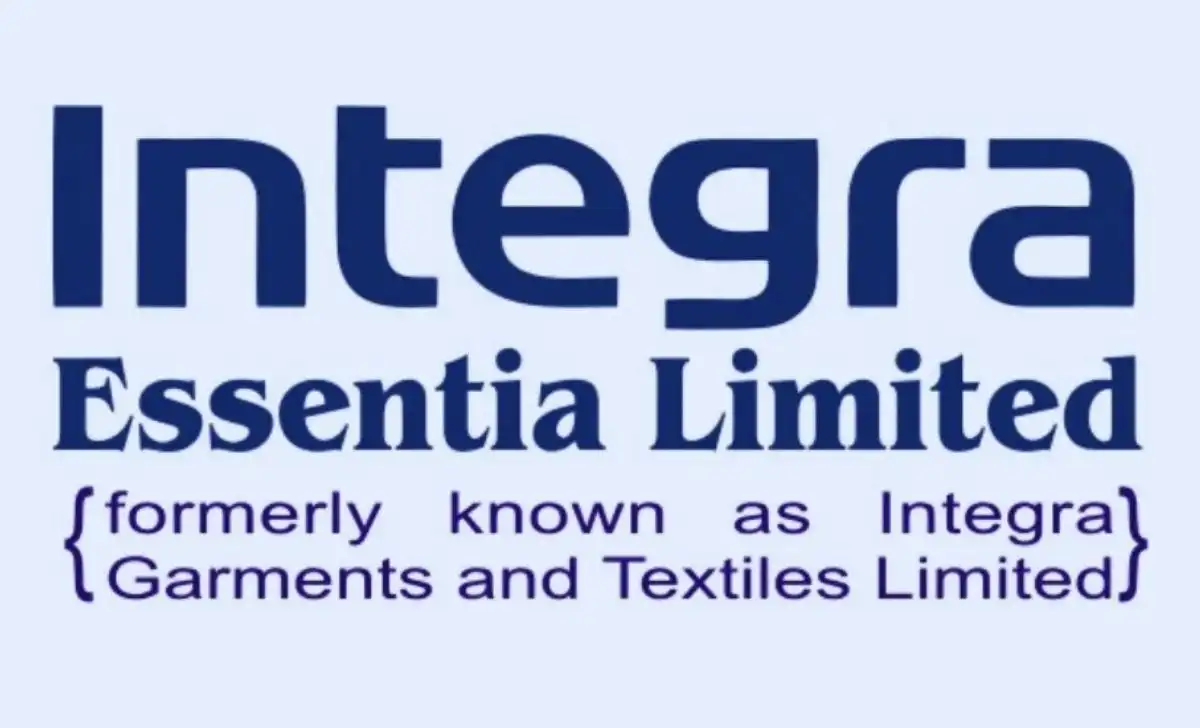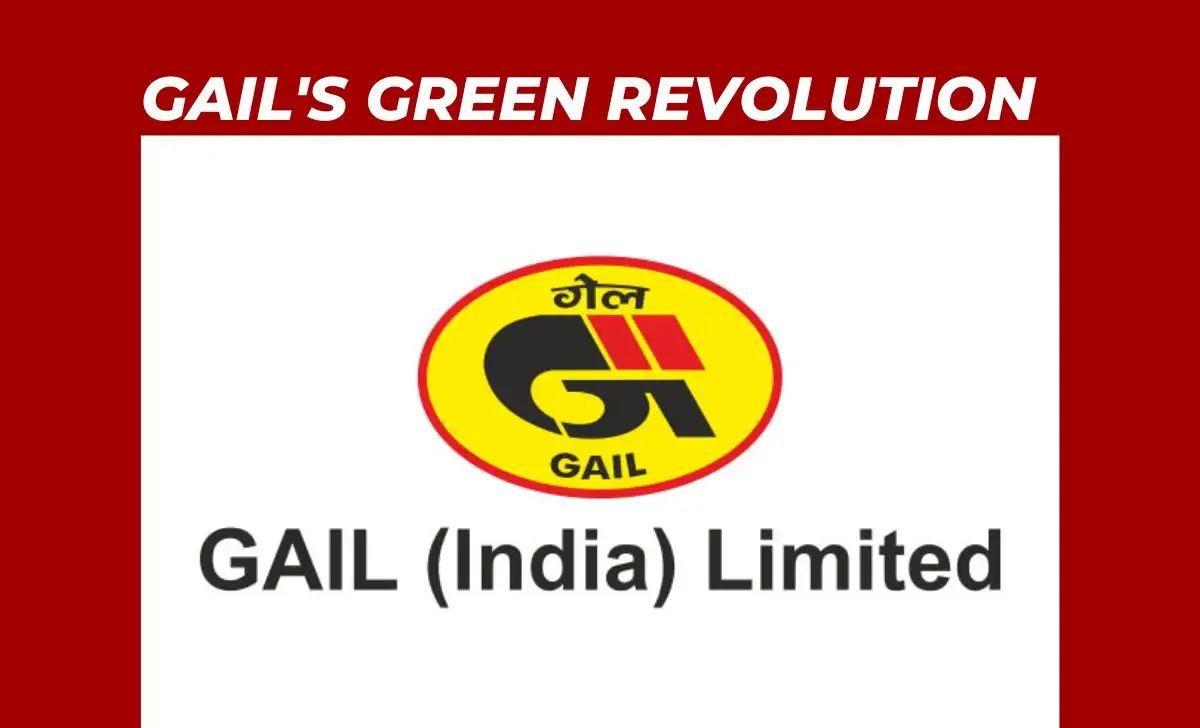NIFTY and BANKNIFTY Analysis on 10 January 2024
Explore the dynamic stock market movements on 10 January 2024, focusing on NIFTY and BANKNIFTY indices. Stay informed with key insights for strategic investment decisions.
Introduction
The Indian stock market witnessed dynamic movements on 10 January 2024, with a particular focus on the NSE NIFTY and BANKNIFTY indices. This article delves into the share prices, option chain data, and notable highlights of the day, providing a comprehensive overview for investors and enthusiasts alike.
NIFTY Performance on 10 January 2024
On the current trading day, NIFTY opened at 21529, a slight dip from the previous close of 21544. The index experienced fluctuations, reaching a low of 21448 before rebounding to a high of 21641. Eventually, it settled at 21618. The top gainers in the NIFTY index included ADANIENT, CIPLA, and RELIANCE, while DIVISLAB, NTPC, and BPCL were among the top losers.
Also Read: 9 January 2024: A Comprehensive Analysis of the Indian Stock Market
BANKNIFTY Analysis on 10 January 2024
On 10 January 2024, BANKNIFTY commenced its journey on a weaker note at 47073, compared to the previous day’s close of 47242. The index witnessed a low of 47010 and later recovered to reach a high of 47423. The day concluded with a closing price of 47360. Noteworthy gainers in the BANKNIFTY index were ICICIBANK, INDUSINDBK, and BANKBARODA, whereas BANDHANBNK, AXISBANK, and AUBANK were among the top losers. It’s important to note that this day marked the weekly option expiry for Bank Nifty.
NIFTY NEXT 50
Opened at 53997, reached a high of 54131, a low of 53490, and closed at 54077, surpassing the previous close of 53728.
Also Read: Unraveling the Dynamics of the Indian Stock Market on 8 January 2024
NIFTY AUTO
Opened at 18565, hit a high of 18575, a low of 18384, and closed at 18559, up from the previous close of 18519.
Also Read: NSE Share Bazaar Report – 11 January 2024
NIFTY MIDCAP 50
Opened at 13270, peaked at 13275, touched a low of 13105, and closed at 13235, slightly lower than the previous close of 13253.
NIFTY FMCG
Commenced trading at 56575, reached a high of 56794, a low of 56134, and closed at 56348, maintaining the previous close.
NIFTY IT
Opened at 34693, reached a high of 34941, a low of 34546, and closed at 34834, an increase from the previous close of 34662.
NIFTY METAL
Began at 7811, peaked at 7893, experienced a low of 7729, and closed at 7882, up from the previous close of 7808.
NIFTY PHARMA
Opened at 17401, touched a high of 17476, a low of 17271, and closed at 17271, slightly lower than the previous close of 17346.
NIFTY PSU BANK
Opened at 5681, reached a high of 5691, a low of 5616, and closed at 5667, marginally down from the previous close of 5682.
Option Chain Data
Nifty
Analyzing the option chain data for NIFTY, notable changes in Open Interest Calls included 21600CE (-25416), 21800CE (99601), and 21750CE (35196). In the case of Open Interest Puts, significant changes were observed in 21500PE (155765), 21600PE (97710), and 21650PE (45944).
Bank Nifty
10 January 2024 was the weekly expiry of Bank Nifty, so for BANKNIFTY’s next weekly expiry, the top three changes in Open Interest Calls were 47500CE (47035), 47400CE (18555), and 47300CE (15795). In Open Interest Puts, the prominent changes were recorded in 47500PE (30666), 47400PE (16450), and 47300PE (24525).
Conclusion
In conclusion, the Indian stock market showcased a mix of ups and downs on 10 January 2024, with specific attention to NIFTY and BANKNIFTY indices. Investors are advised to stay informed and make data-driven decisions based on the intricate details of each index’s performance and the option chain data.









